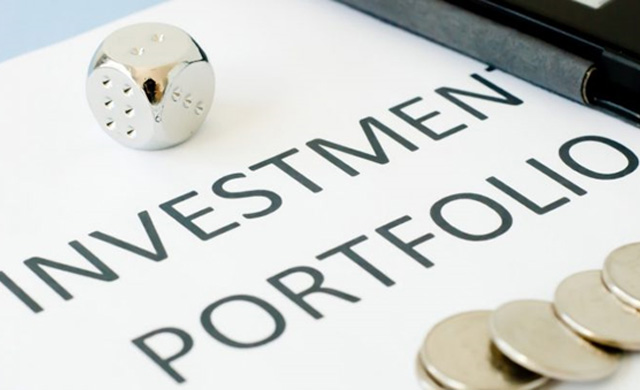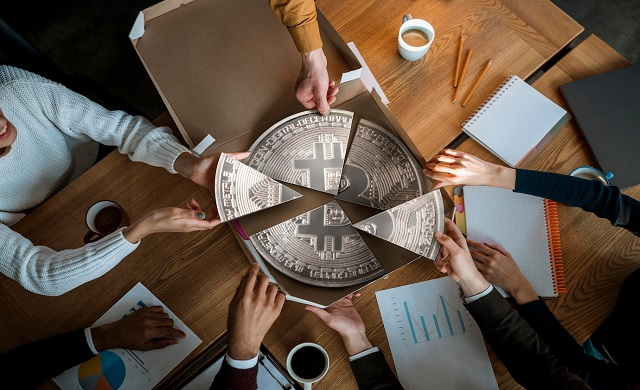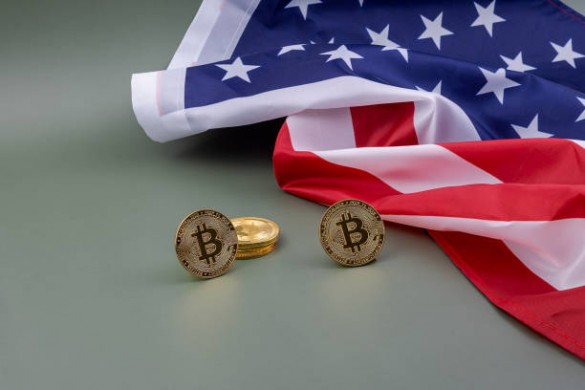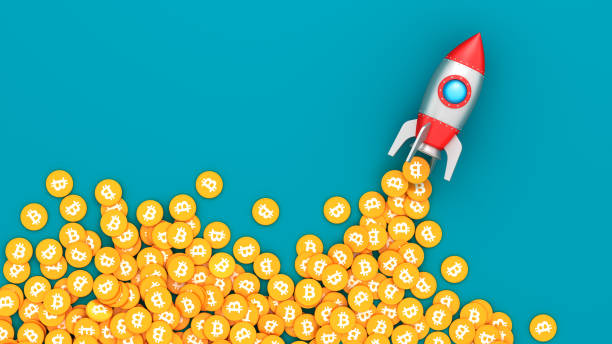Precious metals are popular financial instruments that can help investors mitigate some of the financial risks that arise in times of economic turbulence. If you’ve never invested in these commodities before and are unsure of where to start, simply keep on reading.

Our fascination with precious metals can be traced many centuries back, when gold and silver metals were primarily used as a monetary currency, beauty accessory, and as a way to signify wealth and power. Today, these assets serve a few extra functions, along with that of protecting market investments in times of economic turmoil, when their prices typically shoot up.
If you’re wondering what makes these financial instruments so volatile, how to determine which of the many available metals is best suited for your needs, and what are the pros and cons of investing in precious metals in general, then you’re in the right place. But before we get to the answers, let’s first introduce you to the Holy Trinity of precious metals: gold, silver, and platinum.
The Midas Touch (Gold)
There are a few very solid reasons as to why many investors add gold to their portfolios. For starters, it doesn’t rust or corrode. It’s also highly malleable and conductive. Lastly, the noble metal is still used as a currency and plays an important role in the jewelry making business, as well as in the making of various electronic components and dentistry equipment.
However, gold isn’t as easy to come by as it once was. Today, all easily accessible nodes above the surface have already been mined out, and companies need to drill deeper in order to meet the rising demand. This increased rarity means that the noble metal will be less affected by the cycle of supply and demand compared to the value of other assets.
This is also why many economists view gold as a measurement of the global economy’s health—as more volatility is introduced into the markets, the value of the noble metal will increase, while a healthy economy will see gold approaching bottom lows.
Werewolf’s Bane (Silver)
Silver has substantially more industrial uses than gold and can be found in many facets of our daily lives. Some examples of that include:
- Coins and bars
- Jewellery and silverware
- Food decoration
- Musical instruments
- Medical equipment
- Batteries and superconductors
- Electronics and chemical equipment
While the widespread use of silver keeps its market price low compared to that of gold, this advantage inevitably comes at the cost of higher volatility. Still, silver might be a good pick for investors looking to add extra value to their portfolios without breaking the bank.
The White Gold (Platinum)
Hailing its name from the Spanish term “platino” meaning “little silver”, platinum has long since proved its worthiness as a malleable and unreactive metal. Just like gold, platinum is corrosion-proof even at high temperatures. Unlike the yellow metal, however, it doesn’t show any signs of wear, making it a desirable asset for manufacturers of limited edition wristwatches.
One of the main reasons behind the platinum’s high price is that it’s heavily used as a catalyst in the automobile and petroleum industries. Another reason lies in its extreme scarcity—only 4 mines are responsible for the entire world supply. Because of this the price of platinum is often double that of gold when the markets are stable, and plummets below the price of the yellow metal during times of economic uncertainty when, historically, industrial demand is in decline.
Investing in valuable metals: the GOOD
Now that you’ve familiarised yourself with some of the more popular precious metals, let’s examine what you’ll gain by adding them to your market portfolio.
For starters, unlike paper-based currency which can be printed on demand, precious metals are a finite resource and thus their price cannot be inflated. They also carry no credit risk for their owners, which is probably why many people consider them as a safe haven investment.
When added to your portfolio, silver, gold, and/or platinum can also protect your investments from the negative consequences of a financial, political, or military upheaval as their prices will typically rise with the decline of equities, bonds, real estate, and other highly volatile assets.
Investing in valuable metals: the UGLY
Although relatively stable, valuable metals are by no means immune to the effects of volatility. As previously mentioned, the value of these commodities generally goes up during an economic crisis, which can be a double-edged sword—while you can potentially generate higher profits, you can also find yourself in a situation where you’ll be hard-pressed to find any actual buyers.
Another risk that gold, silver, platinum and other similar commodities carry is that their value can drastically decline as soon as the markets show their first signs of recovery.
And then there’s also the problem of low supply. At some point, demand will surpass the immediately available supply, which will put an enormous pressure on the mining companies, drive the prices sky-high, and ultimately make the assets that much harder to sell.
How to invest in precious metals
Depending on your financial goals and available budget, there are 5 different ways in which you can approach the task of adding valuable metals to your portfolio.
Commodity ETFs
Exchange-traded funds are one of the simplest ways for an investor to buy and sell silver, gold, or platinum on the markets. However, there’s a small catch. When you purchase an ETF, you won’t own the physical commodities themselves, but only small “chunks” of them, so you’ll be unable to make a claim on any on the metals included in the fund.
Stocks and funds
Investing in shares of mining companies can be a potentially profitable strategy, but one that also holds great risks given the highly volatile nature of the stock markets. As with ETFs, purchasing shares won’t mean that you’re actually owning the assets. Instead, all your investments will go directly into backing the companies that mine the specific commodity.
Futures and options
If you’re planning to place precious metals at the forefront of your investment strategy, then futures or options might be a good choice due to the high liquidity and leverage that these financial instruments provide. Of course, with high leverage comes the high risk of losing your investment, so tread carefully here.
Certificates of ownership
With certificates, you get the full benefits of physically owning the commodities without worrying about the logistics involved with moving and storing them. However, at the end of the day, a certificate is just a thin sheet of paper that will likely be quickly forgotten when an economic crisis strikes, making them an unreliable way of securing your investment in the long term.
Physical ownership
The main advantage of purchasing the metals directly is that you will own an asset that is not stored within the financial system. This, in turn, will reduce counterparty risk.
Depending on your budget, you may either want to look into coins (suitable for small-scale investments) or bars (suitable for large-scale investments). Popular coins in Europe include gold or silver Eagles or Austrian Philharmonics, while bars are best purchased through valuts approved by the London Bullion Market Association.
Final Thoughts
With news channels and social media constantly barraging us with gloomy speeches of an impending economic collapse, it can be tempting to go all-in on precious metals and hope for the best. If you’re considering doing this, take a step back and re-evaluate your strategy as investing in just these commodities alone can quickly lead to heavy financial losses if the markets turn against you.
Instead, you should take your time to assess your risk profile, make an effort to set clear financial goals, and invest in precious metals only as a way to enrich your portfolio. Finally, always remember that you should never invest more money than you can afford to lose and should always consult a qualified professional if any uncertainties arise.


 Hot Features
Hot Features











